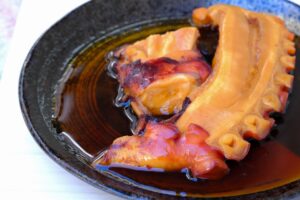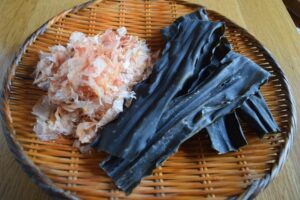Katsudon is one of Japan’s most beloved comfort foods — a deep-fried pork cutlet simmered in savory-sweet sauce with onions and egg, served over a steaming bowl of rice. Whether you’re a fan of Japanese cuisine or just curious after seeing it in anime, this guide will walk you through a foolproof katsudon recipe, its cultural background, cooking variations, and helpful tips for making it at home, even with limited ingredients.
What Is Katsudon?

Katsudon is a beloved Japanese comfort dish that combines two staples of Japanese cuisine: a crispy pork cutlet (tonkatsu) and a sweet-savory egg and onion sauce, all served atop a bed of hot steamed rice. The name “katsudon” is derived from “katsu” (cutlet) and “don” (short for “donburi,” or rice bowl). Beyond its delicious taste, katsudon holds cultural significance in Japan; it is often eaten before exams or competitions as a good luck charm due to the pun “katsu,” which also means “to win” in Japanese.
Katsudon is frequently featured in Japanese pop culture, especially anime and dramas, where it symbolizes warmth, home-cooked comfort, and sometimes even comic relief. This connection makes it especially appealing to fans of Japanese culture who may be discovering the dish through their favorite shows.
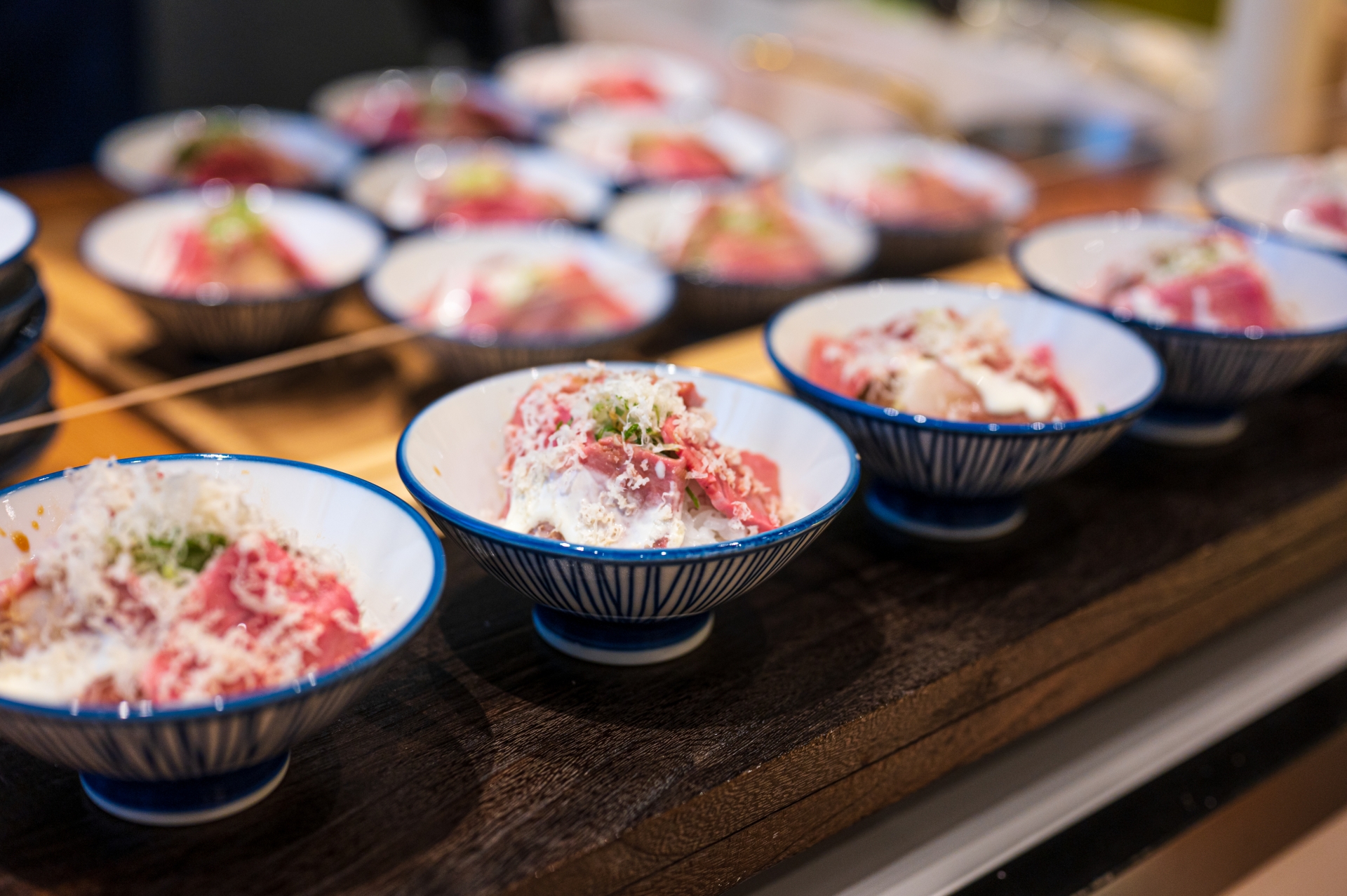
Ingredients and Substitutes
To make authentic katsudon, you’ll need the following ingredients. For those in the U.S. or with dietary restrictions, we’ve included suitable substitutes.
| Authentic Ingredient | Western/Alternative Substitute |
| Pork loin cutlet | Chicken breast, tofu, eggplant |
| Dashi stock | Chicken broth, vegetable broth |
| Soy sauce | Tamari (gluten-free) |
| Mirin | Sweet white wine, honey + vinegar |
| Sugar | Brown sugar, maple syrup |
| Onion | Yellow or white onion |
| Eggs | Vegan egg alternatives (JUST Egg) |
| Cooked Japanese rice | Medium or short-grain rice |
Ingredient List with Measurements:
- 2 boneless pork loin chops (about 1/2 inch thick)
- Salt and pepper
- 1/2 cup all-purpose flour
- 1 egg (beaten, for breading)
- 1 cup panko breadcrumbs
- Oil for deep frying
- 1/2 onion, thinly sliced
- 2 eggs (beaten)
- 1 cup dashi (or substitute)
- 2 tbsp soy sauce (or tamari)
- 2 tbsp mirin
- 3 tsp sugar
- 2 tbsp sake
- 2 bowls of cooked rice

Step-by-Step Katsudon Recipe
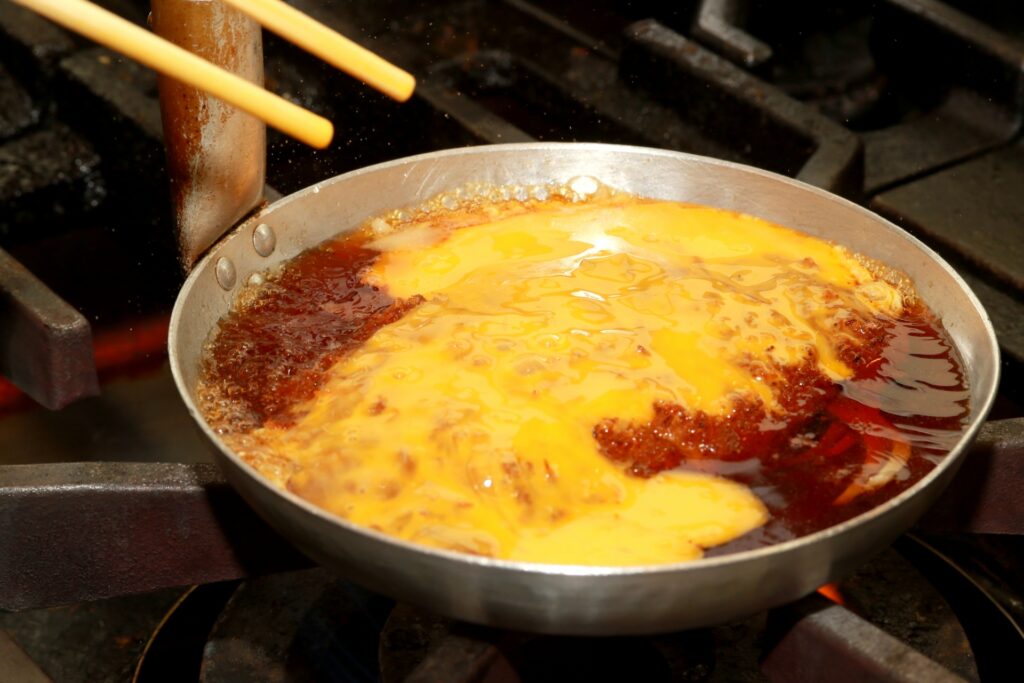
This section breaks down the katsudon-making process into easy-to-follow steps. From crispy tonkatsu to silky egg topping, we’ll guide you through each part of this satisfying dish.
How to Make Tonkatsu (Crispy Pork Cutlet)
- Prep the pork: Pound the pork loin to even thickness (about 1/2 inch). Make small cuts between the fat and lean meat to prevent curling. Season both sides with salt and pepper.
- Bread the pork: Dredge the pork in flour, then dip into the beaten egg, and finally coat thoroughly with panko breadcrumbs.
- Fry the cutlet: Heat oil to 340°F (170°C). Fry the breaded cutlet for a total of 5-6 minutes, flipping halfway, until golden and cooked through.
- Drain and slice: Place on paper towels to remove excess oil. Slice into 1/2-inch strips.
Simmering the Sauce and Egg
- Prepare sauce base: In a small pan, combine dashi, soy sauce, mirin, sugar, and sake. Bring to a gentle boil.
- Add onions: Add sliced onions and cook for 2–3 minutes, or until soft and translucent.
- Layer in cutlet and egg: Place sliced tonkatsu on top of the simmering onions. Pour half of the beaten egg over the pork and onions.
- Cook egg briefly: Cover and cook for 30–60 seconds until the egg is partially set.
- Add remaining egg: Pour in the rest of the egg and cover again for another 30–60 seconds, adjusting to your preferred texture.
- Serve: Slide the contents gently over a bowl of hot rice. Garnish with green onions or nori if desired.
Variations of Katsudon
Katsudon is easily adaptable based on dietary preferences and available ingredients.
- Chicken Katsudon: Use breaded chicken breast instead of pork.
- Vegetarian Katsudon: Substitute pork with fried tofu cutlets or breaded eggplant slices. Use vegetable broth in place of dashi.
- Gluten-Free Katsudon: Use tamari instead of soy sauce, gluten-free panko, and rice flour.
- Microwave Katsudon: Use pre-cooked tonkatsu and microwave the sauce mixture with onions and egg in a bowl. Add over rice for a quick version suitable for students or office workers.
Katsudon vs. Tonkatsu: Differences, Calories, and Taste

While both katsudon and tonkatsu feature a breaded pork cutlet, the similarities end there. Here’s how they compare:
| Feature | Tonkatsu | Katsudon |
| Preparation | Fried cutlet served plain | Fried cutlet simmered with egg and sauce |
| Served With | Cabbage & tonkatsu sauce | Rice, egg, dashi-soy sauce, onion |
| Flavor Profile | Savory and crisp | Sweet-savory, tender, umami-rich |
| Calorie Range | ~400-500 kcal | ~600-700 kcal (with rice and egg) |
| Texture | Crunchy exterior | Softened cutlet, soaked in sauce |
The transformation from tonkatsu to katsudon involves infusing the crispy pork with the richness of dashi and the silkiness of egg, offering a more comforting, cohesive dish.
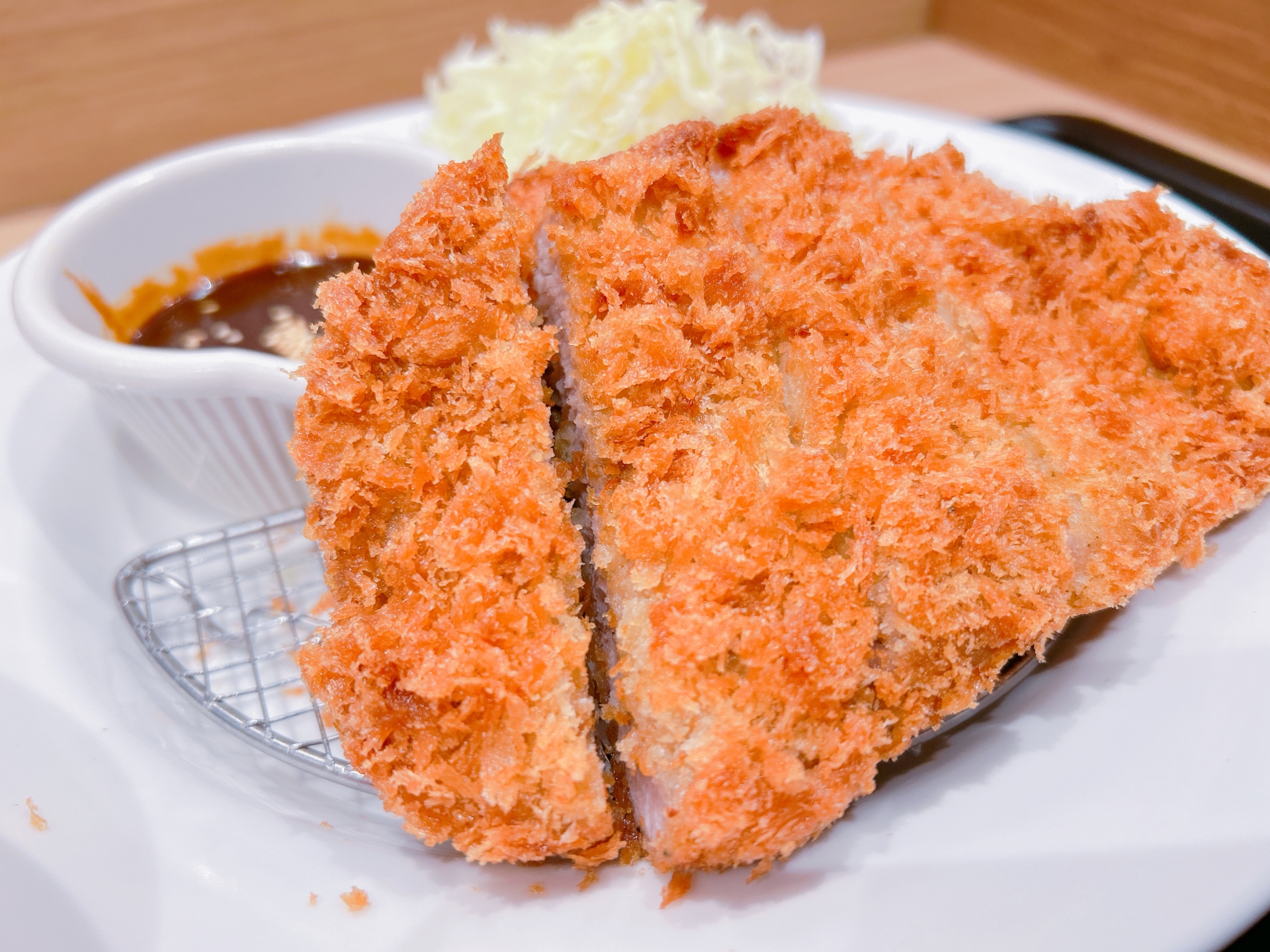
Storage and Reheating Tips
Katsudon is best enjoyed fresh, but leftovers can be stored and reheated with care:
- Storage: Store in an airtight container in the refrigerator for up to 2 days.
- Freezing: You can freeze tonkatsu separately for up to 1 month; avoid freezing the egg mixture.
- Reheating:
- Stovetop: Gently reheat sauce, onions, and pork in a covered skillet over low heat. Add a fresh egg for best texture.
- Microwave: Heat in short bursts with a damp paper towel on top to retain moisture.
- Oven: Re-crisp tonkatsu in a toaster oven, then reassemble.
Frequently Asked Questions
Can you make katsudon without dashi? Yes. Substitute with chicken or vegetable broth, and add a small amount of soy sauce and mirin to mimic the umami flavor.
What is the difference between katsudon and tonkatsu? Tonkatsu is a standalone breaded pork cutlet. Katsudon incorporates tonkatsu in a sweet-savory sauce with egg, served over rice.
Can katsudon be frozen? While tonkatsu can be frozen before combining with egg and sauce, the full katsudon doesn’t freeze well due to texture changes in the egg and rice.
Final Tips for the Perfect Katsudon
- Cut pork evenly: For consistent frying and tenderness.
- Control egg texture: Cover pan just enough to steam egg without overcooking.
- Choose a deep bowl: This helps hold the moisture and flavors together.
With this guide, you’re now ready to make restaurant-quality katsudon in your own kitchen — whether for a cozy night in, anime-themed dinner, or nostalgic taste of Japan.






